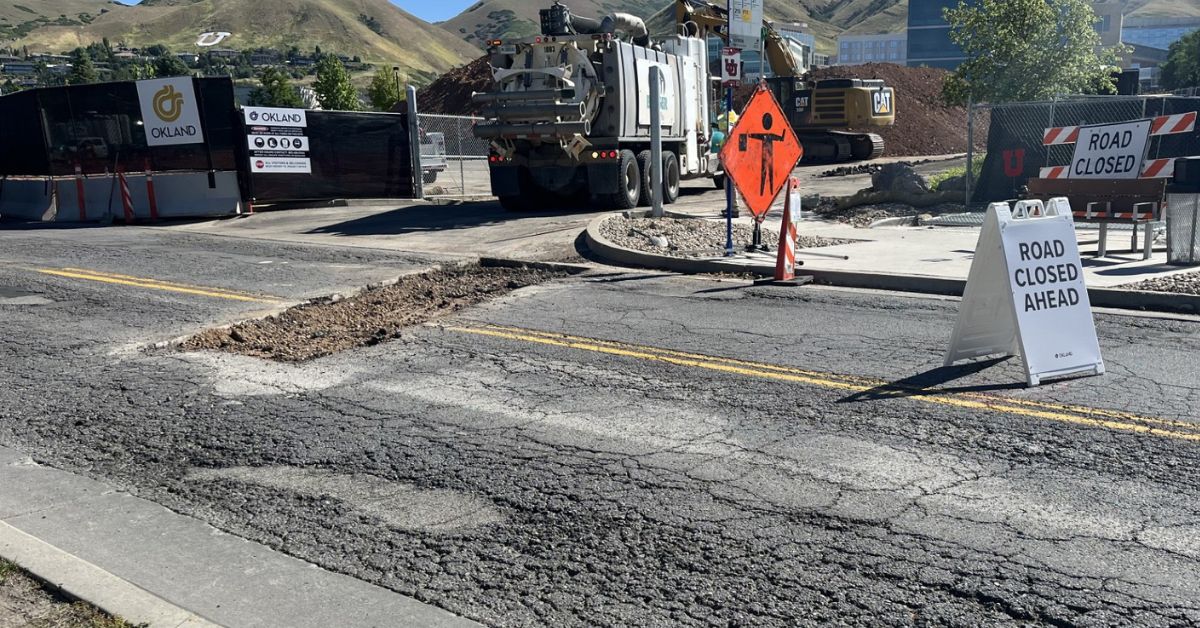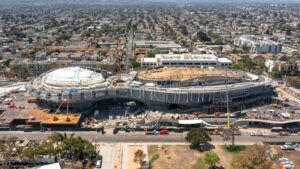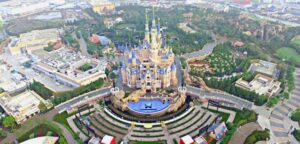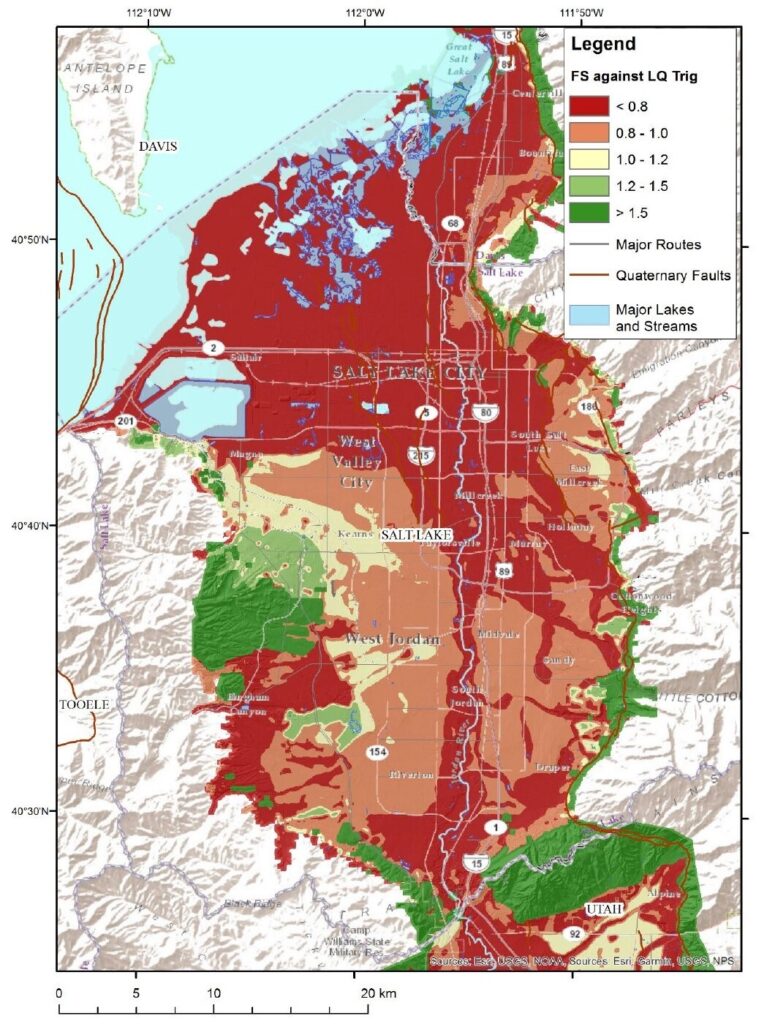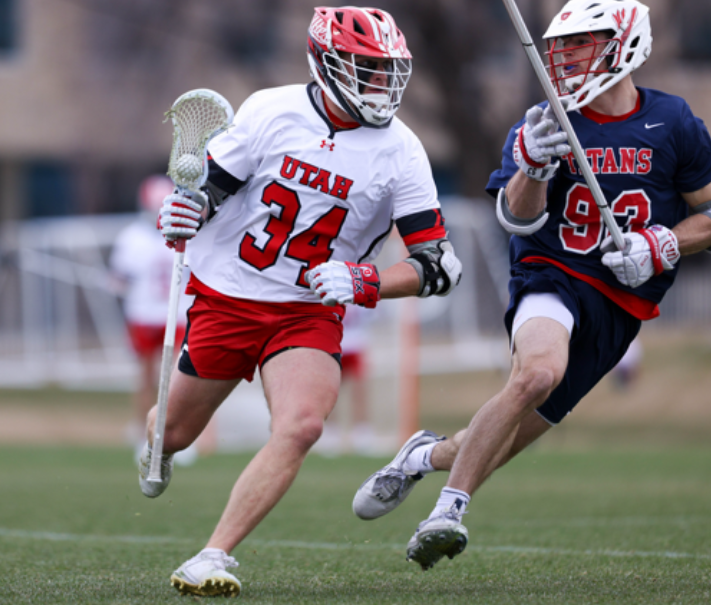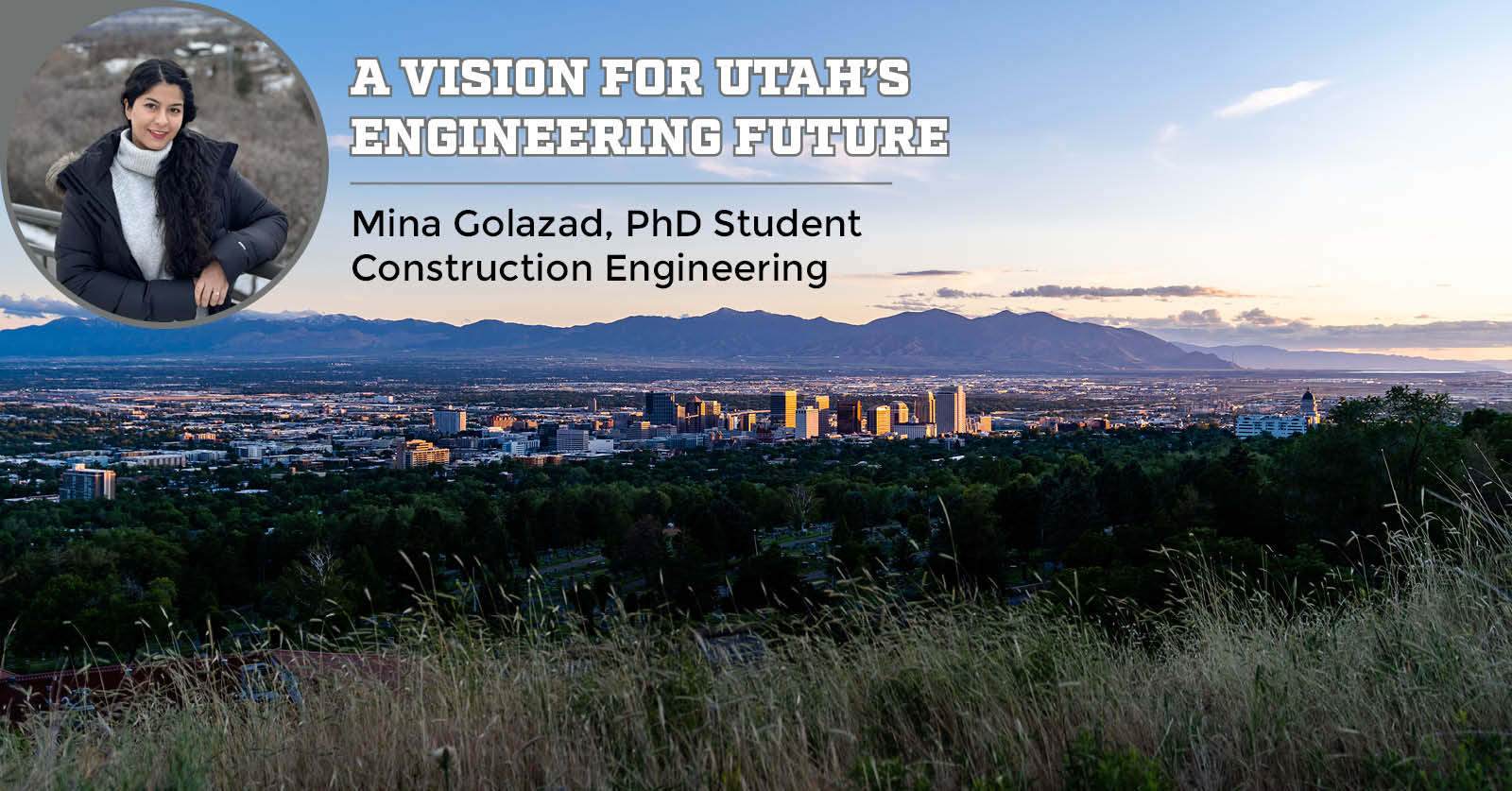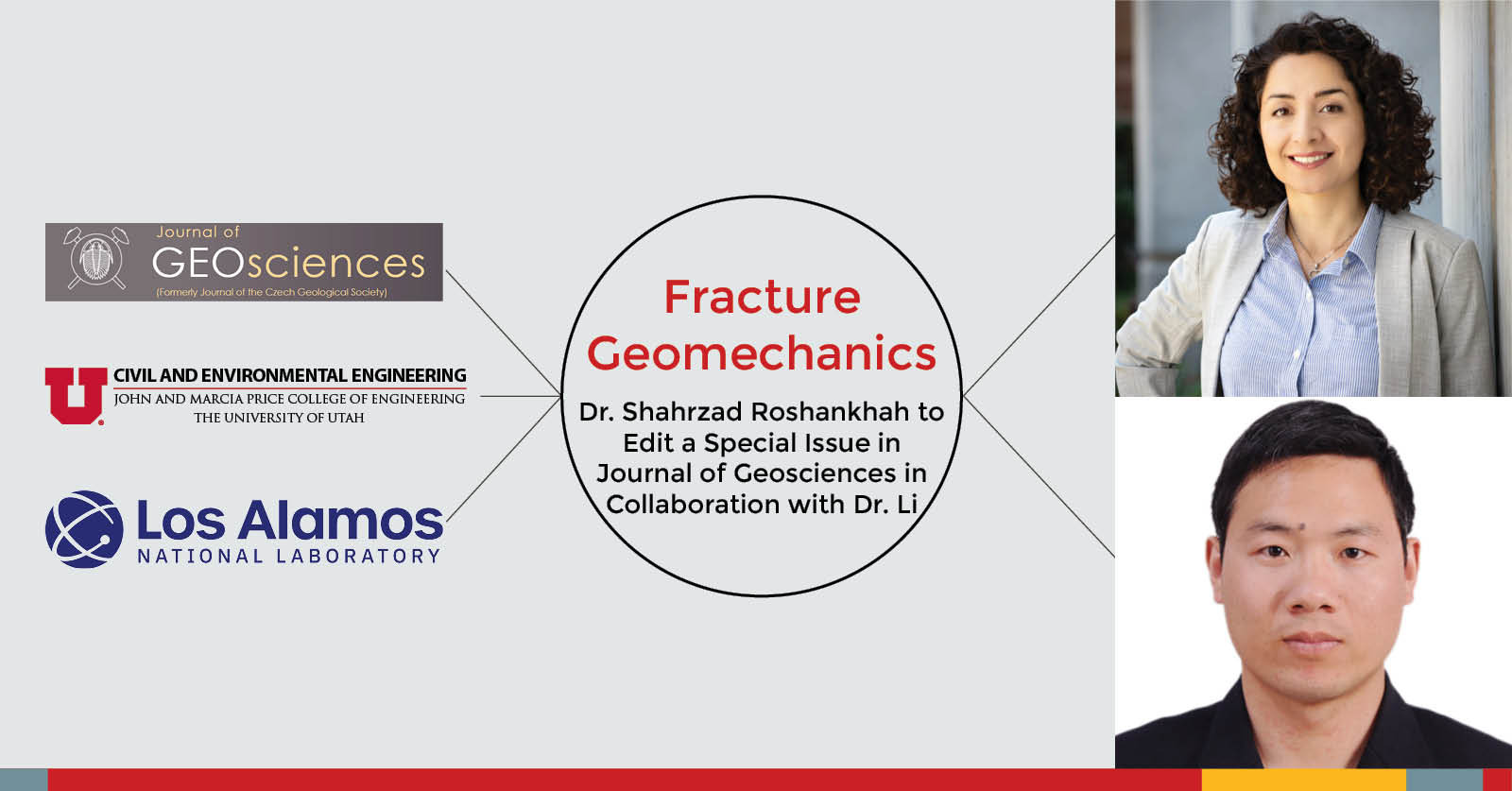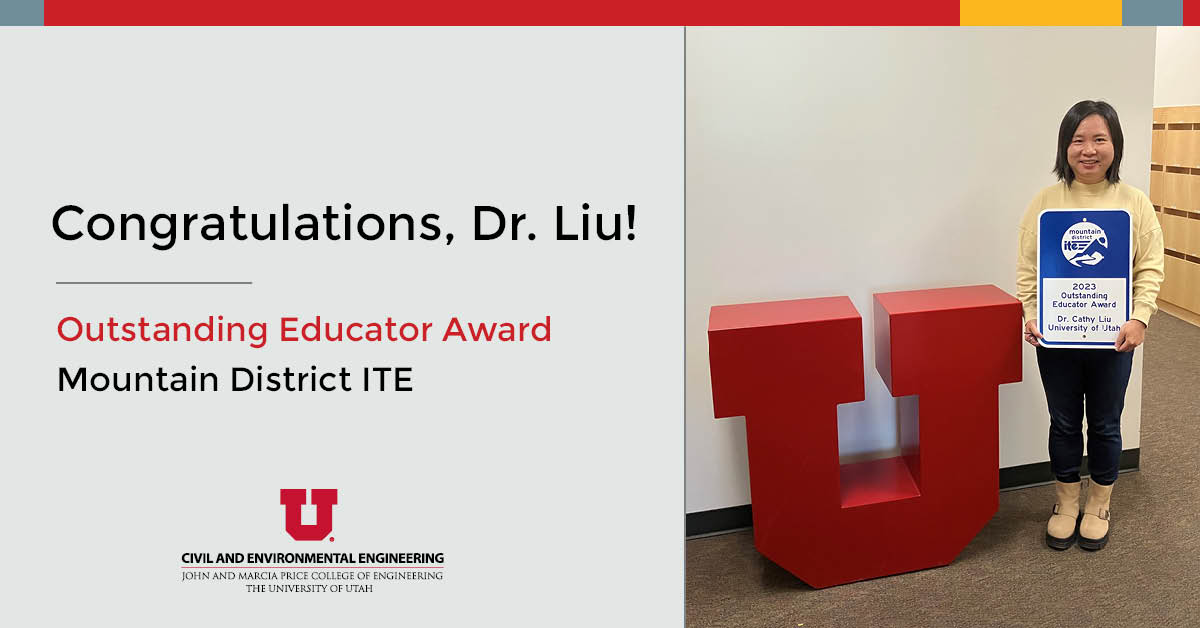From Airports to Highways: Dr. Markovich’s Impact on Utah’s Infrastructure
The efficiency of our transportation systems is crucial to our increasingly fast-paced world. From ensuring planes land safely to optimizing traffic flow and managing snowstorms, transportation engineering is at the heart of keeping our lives on track.
At the University of Utah, Dr. Nikola Markovich is using cutting-edge data science techniques to innovate and improve a wide array of infrastructure to keep our communities moving smoothly and safely.
Backed by funding from UDOT and in collaboration with fellow Civil & Environmental Engineering Professors, three of his recent projects are optimizing resources, improving efficiencies, and saving the state millions.
Revolutionizing Aircraft Operation Tracking
Conducted with Associate Professor Dr. Abbas Rashidi, one of Dr. Markovich’s key projects addresses a significant issue in airport operations. Many airports, particularly smaller ones, lack proper air traffic control towers, which hinders their ability to accurately track aircraft operations. This deficiency impacts the allocation of funding, as well as the monitoring of emissions and noise pollution.
To combat this, Drs. Markovich and Rashidi developed an innovative solution: an algorithm and hardware system that utilizes cameras to track aircraft, even capturing tail numbers—unique identifiers of individual planes. This system has been implemented at several airports across Utah, including Bountiful, Brigham City Municipal, Spanish Fork, Heber City, and Logan-Cache. When scaled nationally, this technology could revolutionize how airports manage operations and receive funding, leading to more equitable and efficient outcomes.
Enhancing Traffic Flow on I-15
In another UDOT-funded project, Dr. Markovich tackled the challenge of improving traffic monitoring at metered ramps on I-15. Traditional traffic sensors, embedded in the pavement, are costly to replace, prone to failure, and struggle to accurately measure traffic volume during heavy congestion.
Dr. Markovich’s solution, once again developed with Dr. Rashidi, involved repurposing existing traffic cameras and applying advanced computer vision techniques to enhance monitoring accuracy. His team developed a detection model that uses video footage to create bounding boxes around vehicles, allowing for precise estimation of queue lengths and traffic flow per lane. This innovative approach not only improves traffic management but also reduces the need for costly sensor replacements. The principles behind this work, such as queuing theory, python programming, and shockwave theory, are at the center of the curriculum Dr. Markovich delivers to his students.
Optimizing Snowplow Operations
Adverse weather conditions are another challenge for transportation systems, especially in the state of Utah. Dr. Markovich teamed up with fellow Transportation Engineering Professor Dr. Cathy Liu to address the strain on UDOT’s snowplow teams caused by the state’s extreme amount of snowfall.
In a project aimed at improving the efficiency of snowplow operations, his analysis and optimization efforts led to significant cost savings—approximately $4 million annually, or about $161,000 per snowstorm. By analyzing fleet composition, road networks, and truck movements through data visualization and analytics, Dr. Markovich was able to redesign UDOT’s snowplow routes, minimizing time and distance traveled while reducing delays.
These methodologies, including linear programming and vehicle routing algorithms, are also central to the education he provides, equipping students with the tools to address the challenges they’ll face in the workforce.
Engineering a Smarter Future
In addition to his research, Dr. Markovich is deeply committed to teaching and mentoring PhD students in Transportation Engineering. As an Assistant Professor in the Department of Civil & Environmental Engineering, guiding the next generation of engineers is integral to his work. Many of his PhD students collaborate with him on projects like those highlighted above, gaining invaluable experience and contributing to innovative solutions in the field.
Transportation Engineering at the University of Utah
Explore Transportation Engineering→
More news from our department:
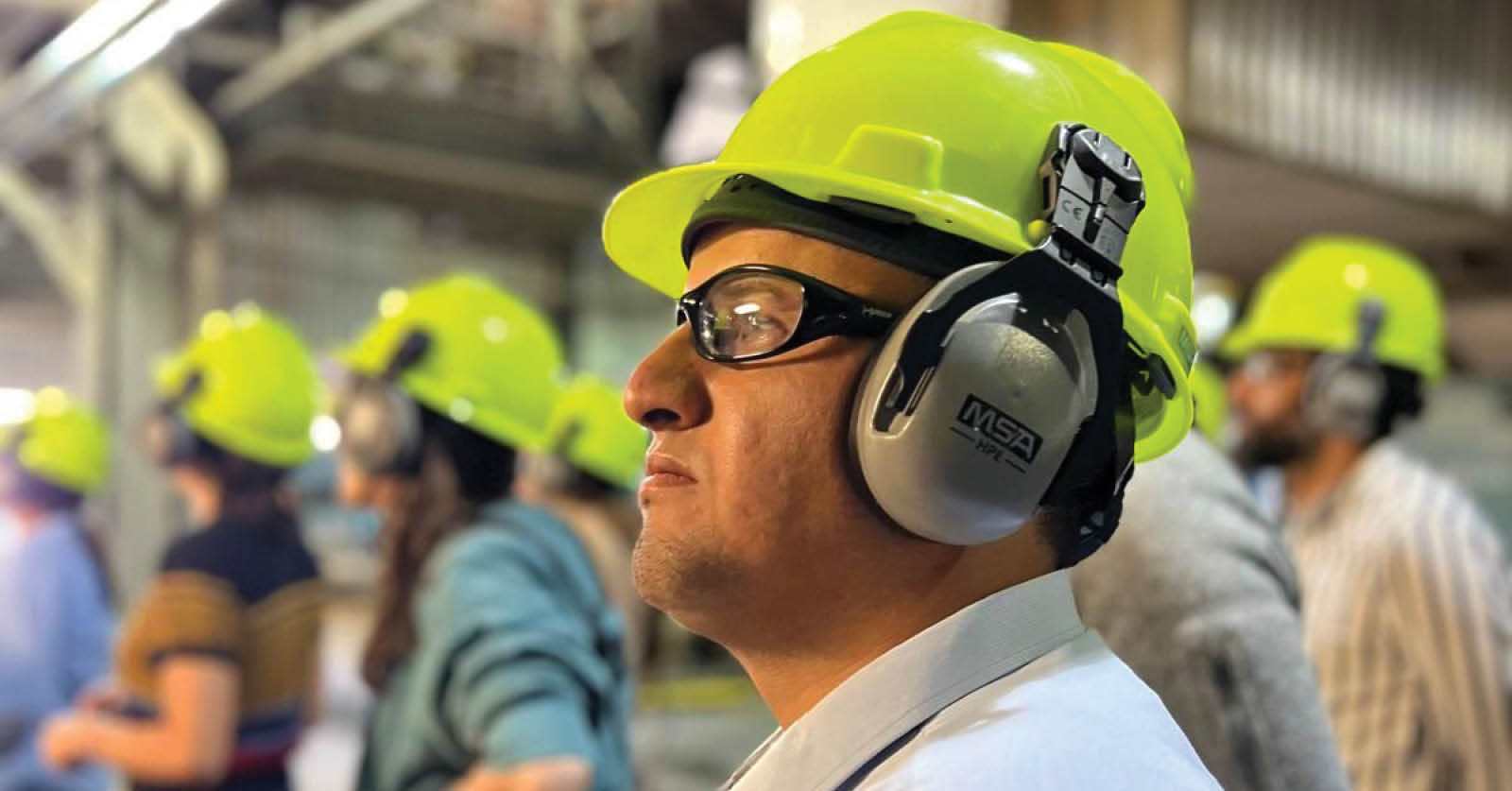
PhD Student Omar Bakelli Completes RECS 2024 Program
Bakelli’s Participation Propels Him into the Forefront of Carbon Sequestration Research University of Utah PhD student Omar Bakelli recently participated in the 20th annual Research Experience in Carbon Sequestration (RECS) program, held from July 21-30, 2024, across Colorado and Wyoming. Sponsored by the U.S. Department of Energy (DOE), RECS 2024 provided an immersive experience for […]
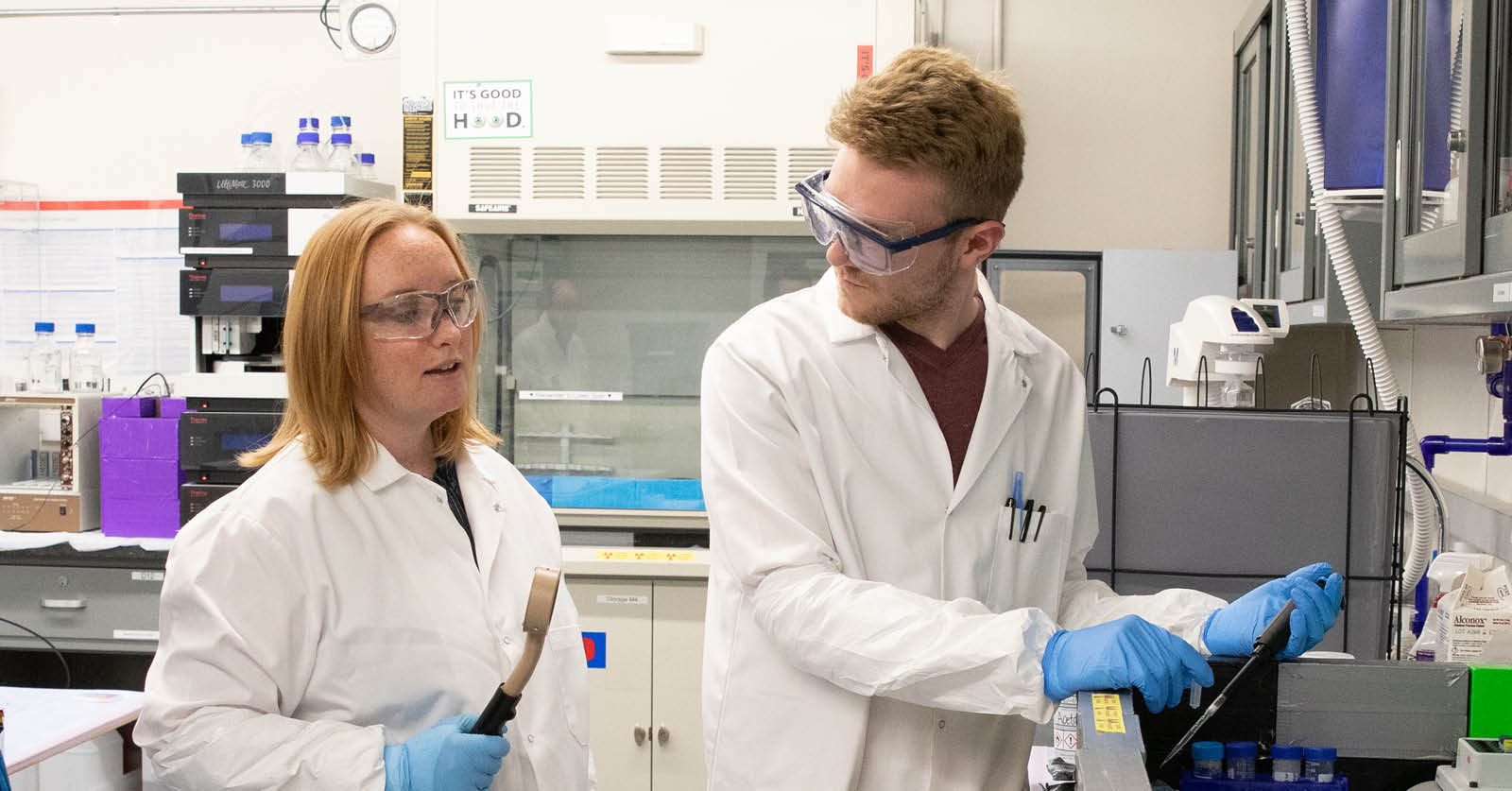
U Grad Breaking Boundaries in Alzheimer’s Disease
Innovative Alzheimer’s Treatment Developed at the U Featured in Journal of Nuclear Medicine Alzheimer’s disease, a debilitating brain disorder with limited treatment options, has long challenged researchers. Specifically, researchers have struggled with slowing the buildup of amyloid beta plaques, harmful clumps in the brain that exacerbate the disease by damaging brain cells and causing memory […]
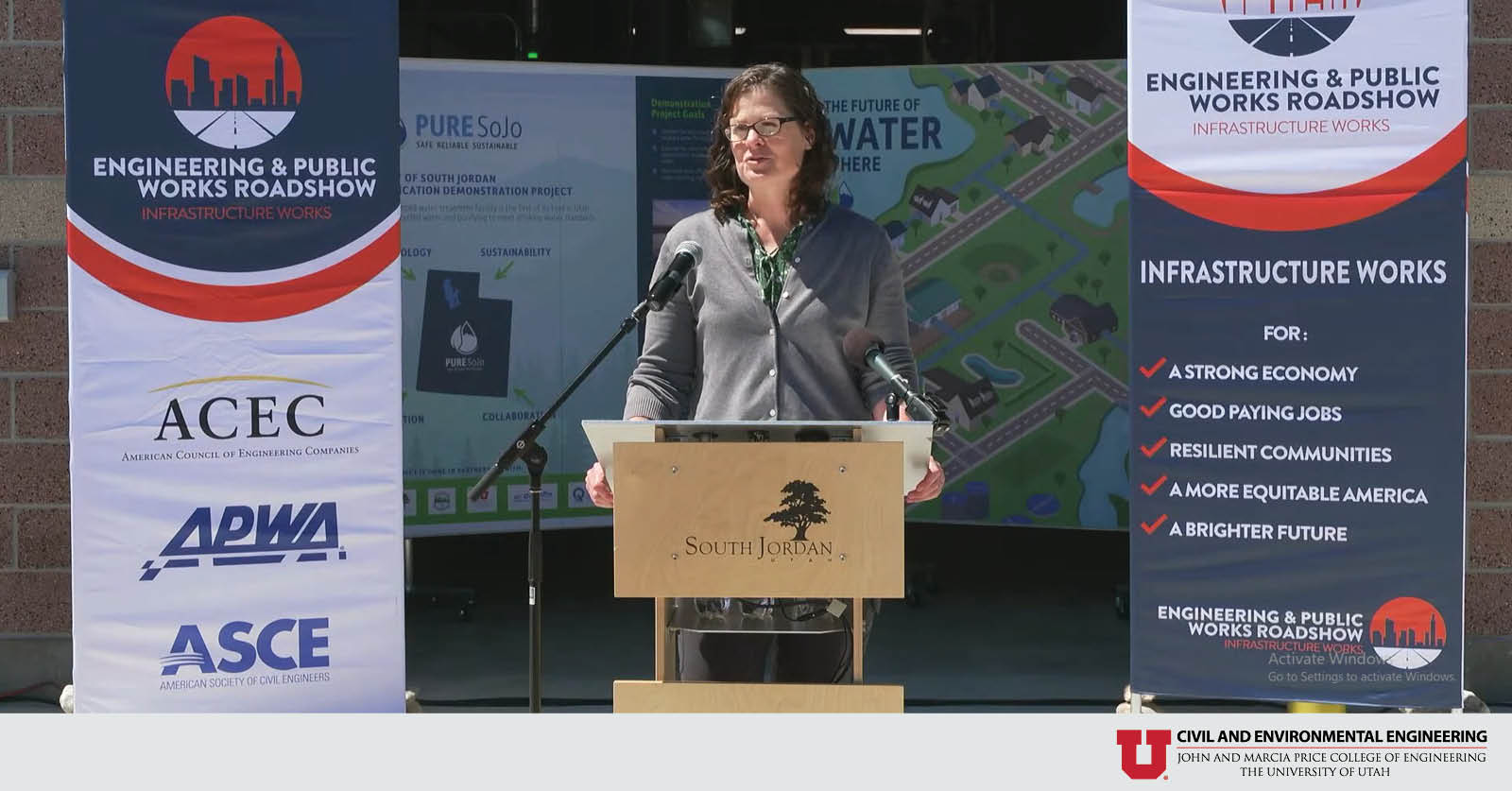
From Classroom Concepts to Real-World Impact
Dr. Weidhaas Champions Local Solutions for Water Reclamation in Arid Utah On June 18, 2024, Environmental Engineering Professor Dr. Jennifer Weidhaas shared her insights and experiences with the groundbreaking PureSojo project as part of the Engineering & Public Works Roadshow. This innovative initiative, developed in collaboration with the City of South Jordan, represents a significant leap […]
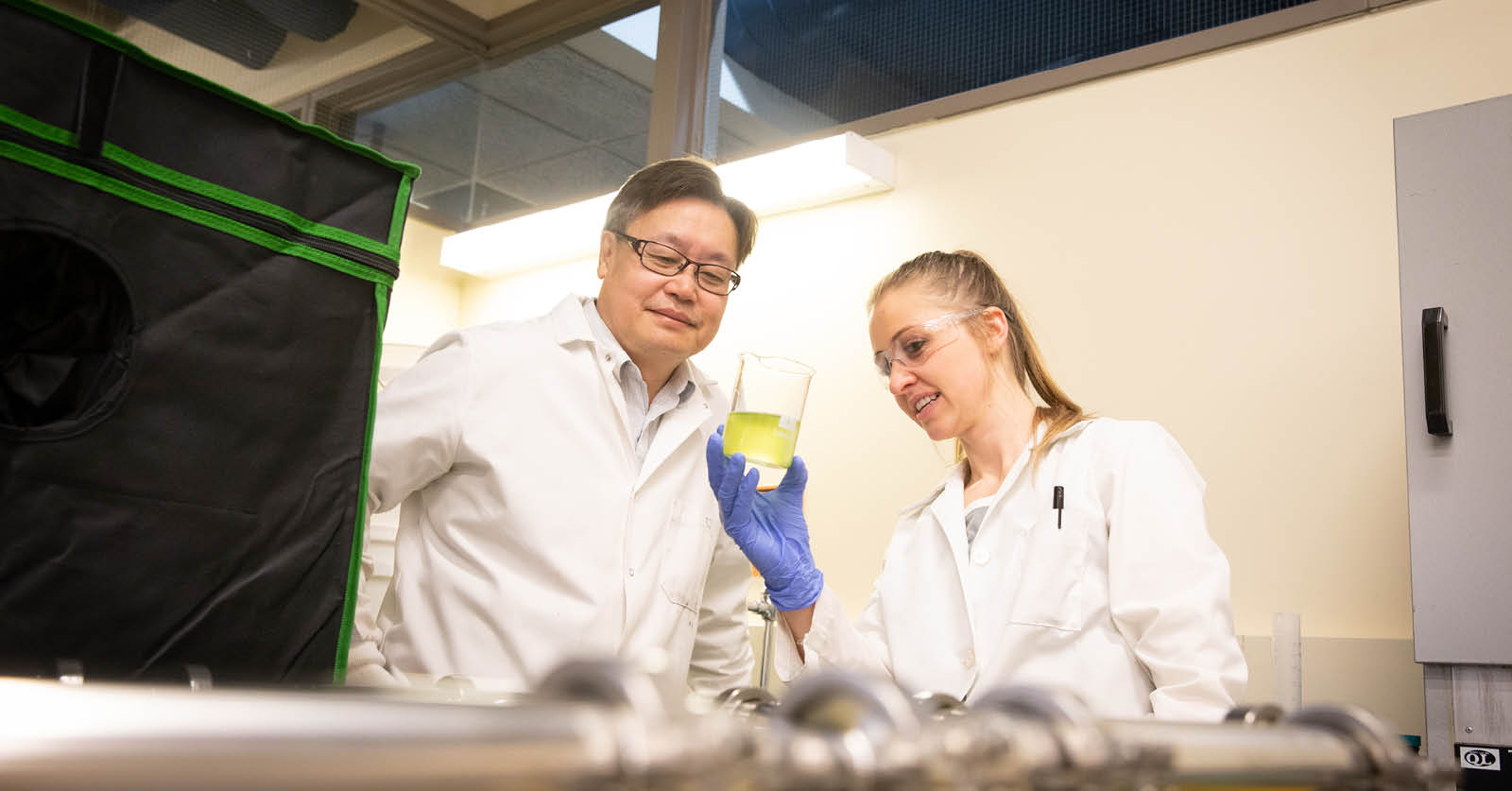
Nanobubbles: Tiny Powerhouses with Huge Potential
University of Utah Environmental Engineering Professor is at the Forefront of New Nanobubble Technology Peculiarly powerful, nanobubbles have opened a new frontier in science and engineering, creating promising environmental and medical applications. But what exactly is a nanobubble? Imagine a tiny water bubble that’s 2,500 times smaller than a single grain of salt. Then imagine […]

